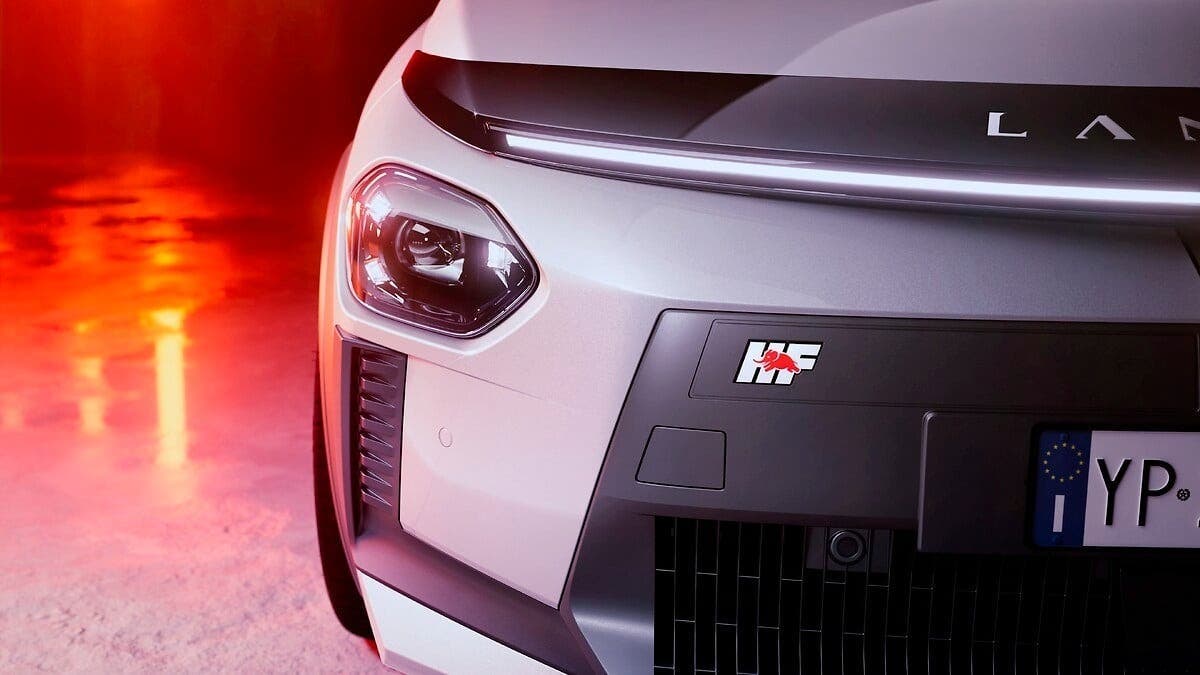The new Lancia Ypsilon HF, the sportier version of the model, finally has a debut date. Specifically, the most powerful version of the range will debut in May 2025. This version will feature the same electric motor as the upcoming Alfa Romeo Junior Veloce and Abarth 600e Scorpionissima. This was announced by Luca Napolitano, CEO of the brand, who stated: “We are starting to warm up the engines for the next chapter of our Renaissance!”
Lancia Ypsilon HF will arrive in May 2025: 280 HP engine like the Junior Veloce

The new Lancia Ypsilon HF will be based on the Perfo-eCMP platform. Regarding the battery, considering that of the Alfa Romeo Junior Veloce, it should have a capacity of 54 kWh. The power of the electric motor, now 280 HP instead of the previously announced 240 HP, will propel the Ypsilon HF from 0 to 100 km/h in just 5.8 seconds. The automaker has made it known that this version will come to market only in a fully electric version.
There will be no natural engine roar, as we had the chance to hear for the Ypsilon HF Rally version. In recent days, the automaker published a video on social media where it’s possible to hear the engine sound of the rally version of the Ypsilon, which should make its championship debut next year. The company is collaborating with Miki Biasion, former rally driver and world champion with Martini Racing.

Lancia will thus reintroduce the HF logo starting next year. This logo, born in 1960 from the Lancia Hi-Fi (High-Fidelity) club, has become over time a symbol of high-performance Lancia models and has marked many successes of the brand. By May 2025, we expect further news on this anticipated Lancia model that will bring the legendary logo back to the range. The HF symbol will also be present on the sporty versions of future Delta and Gamma models.
